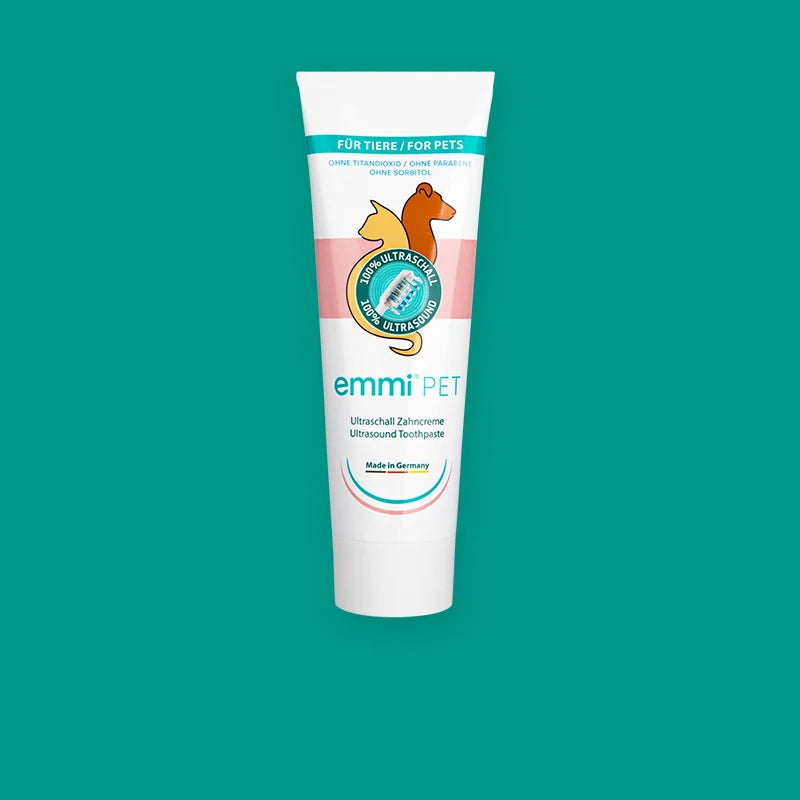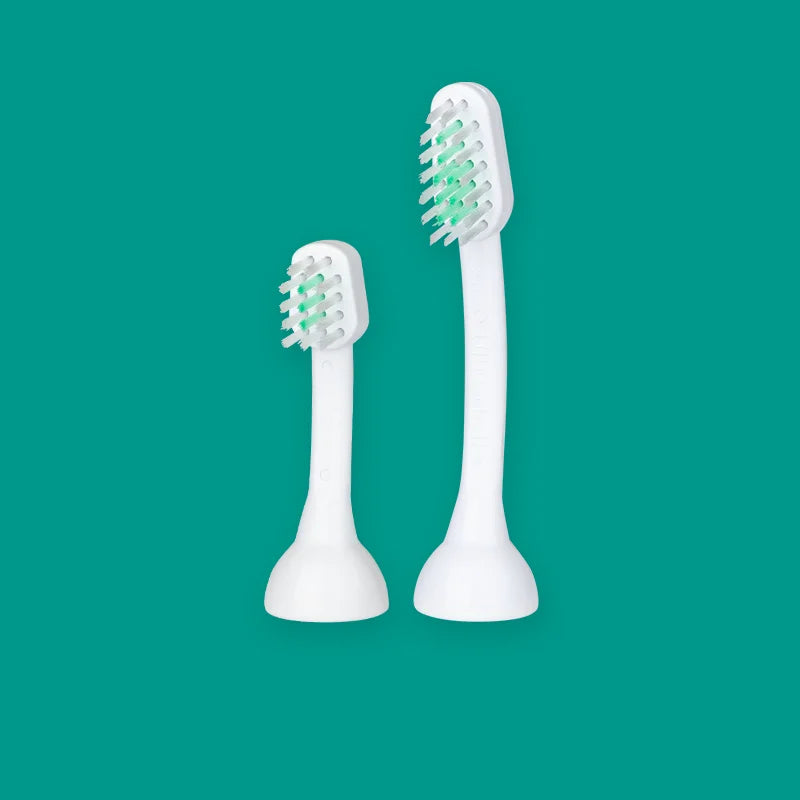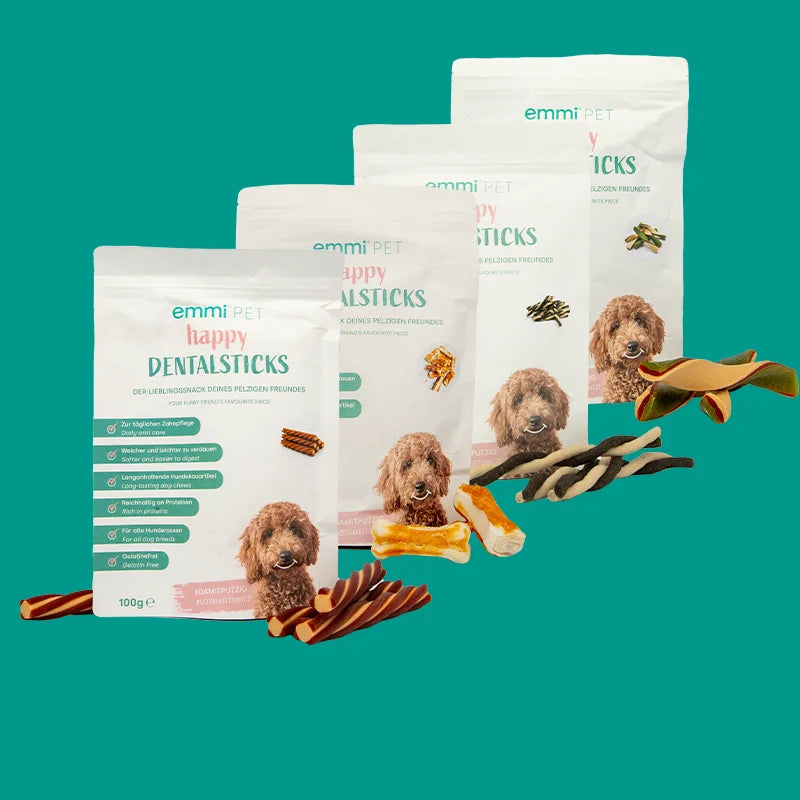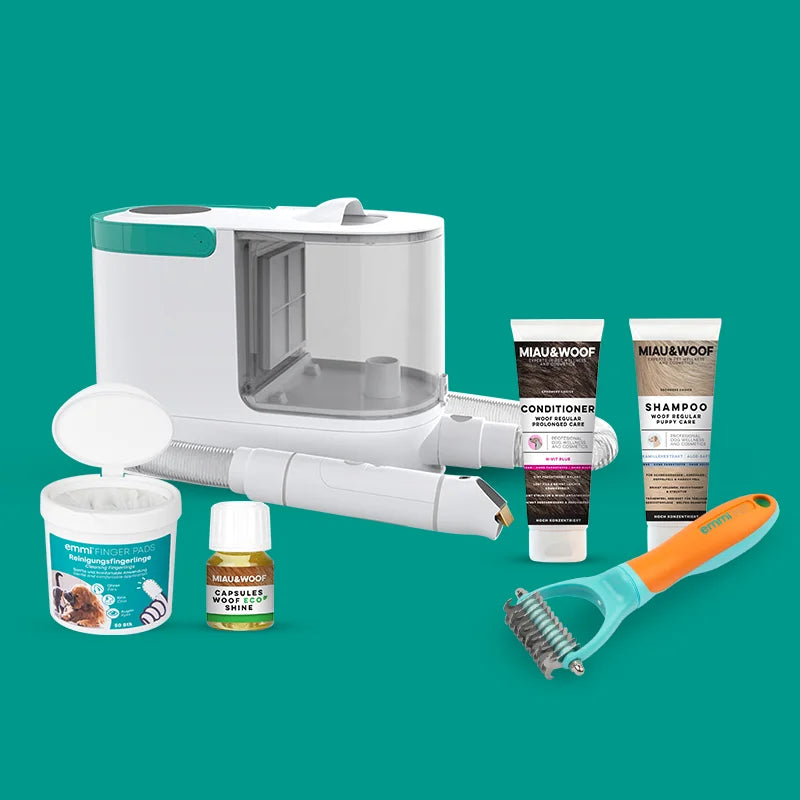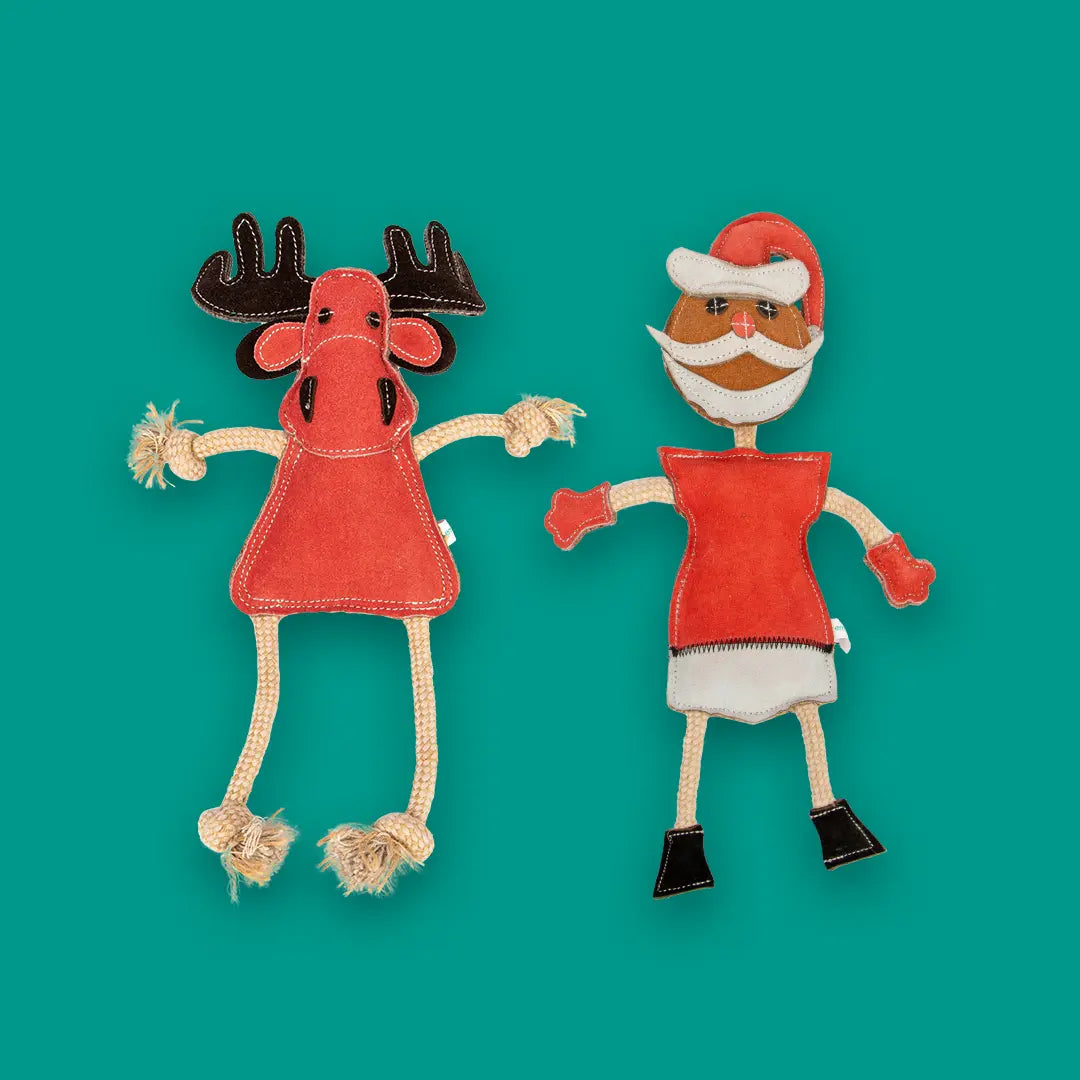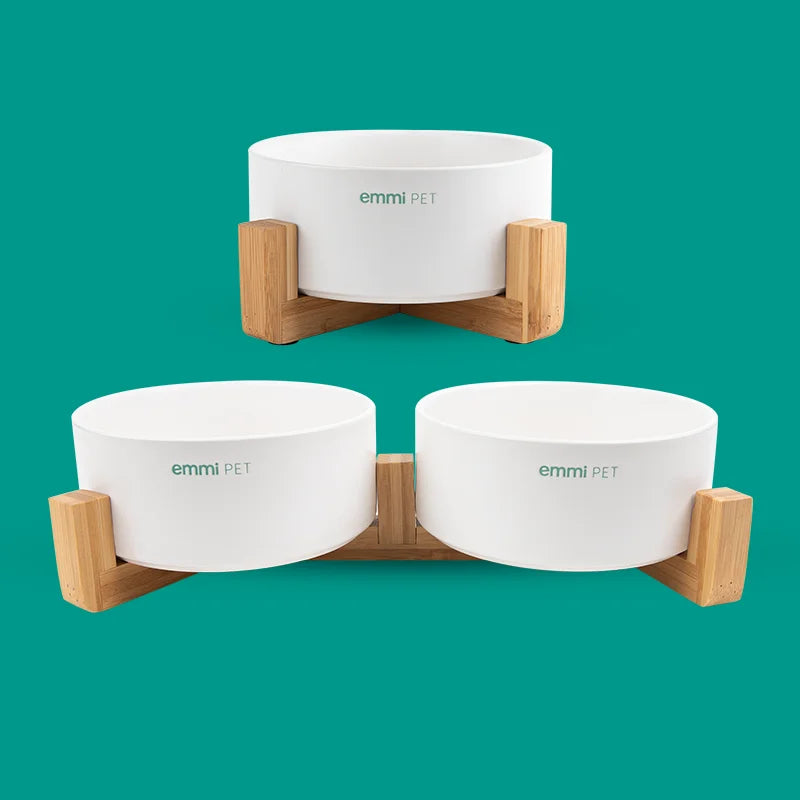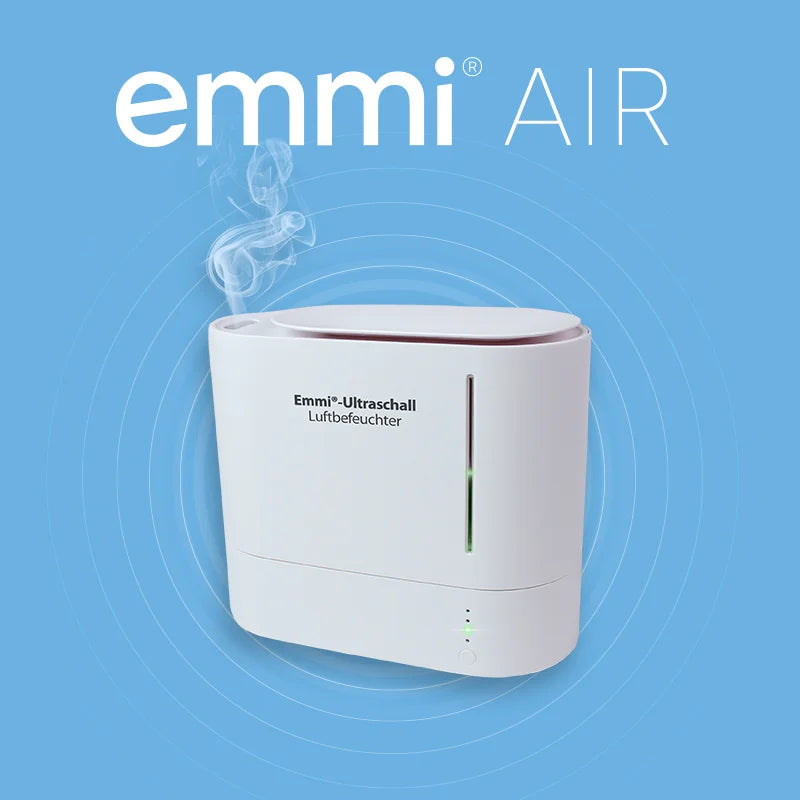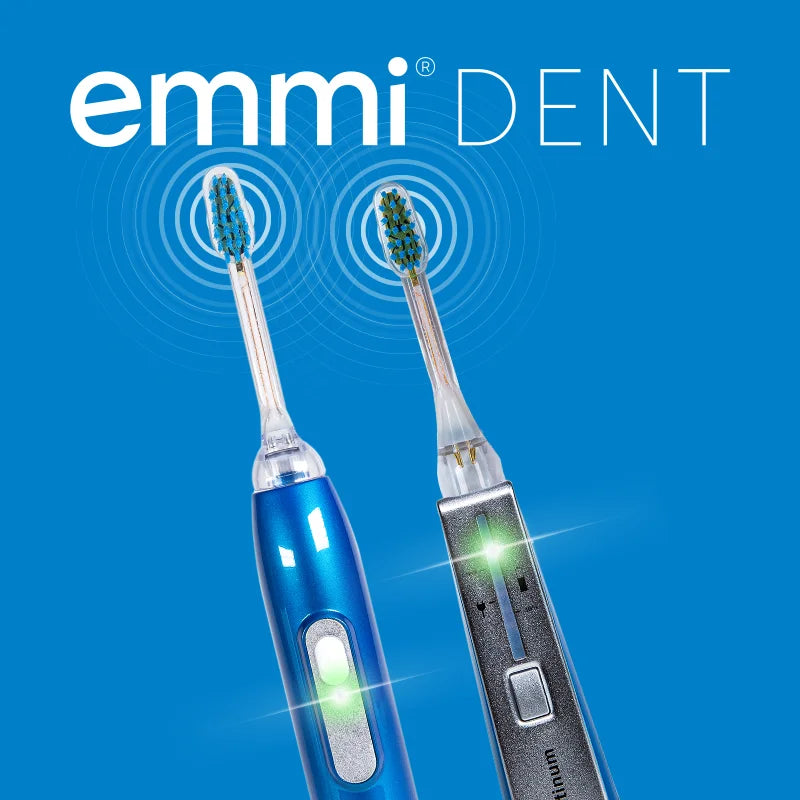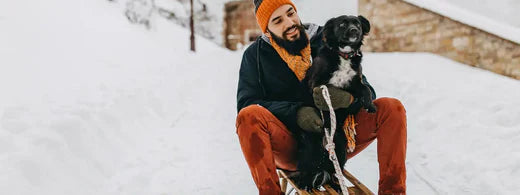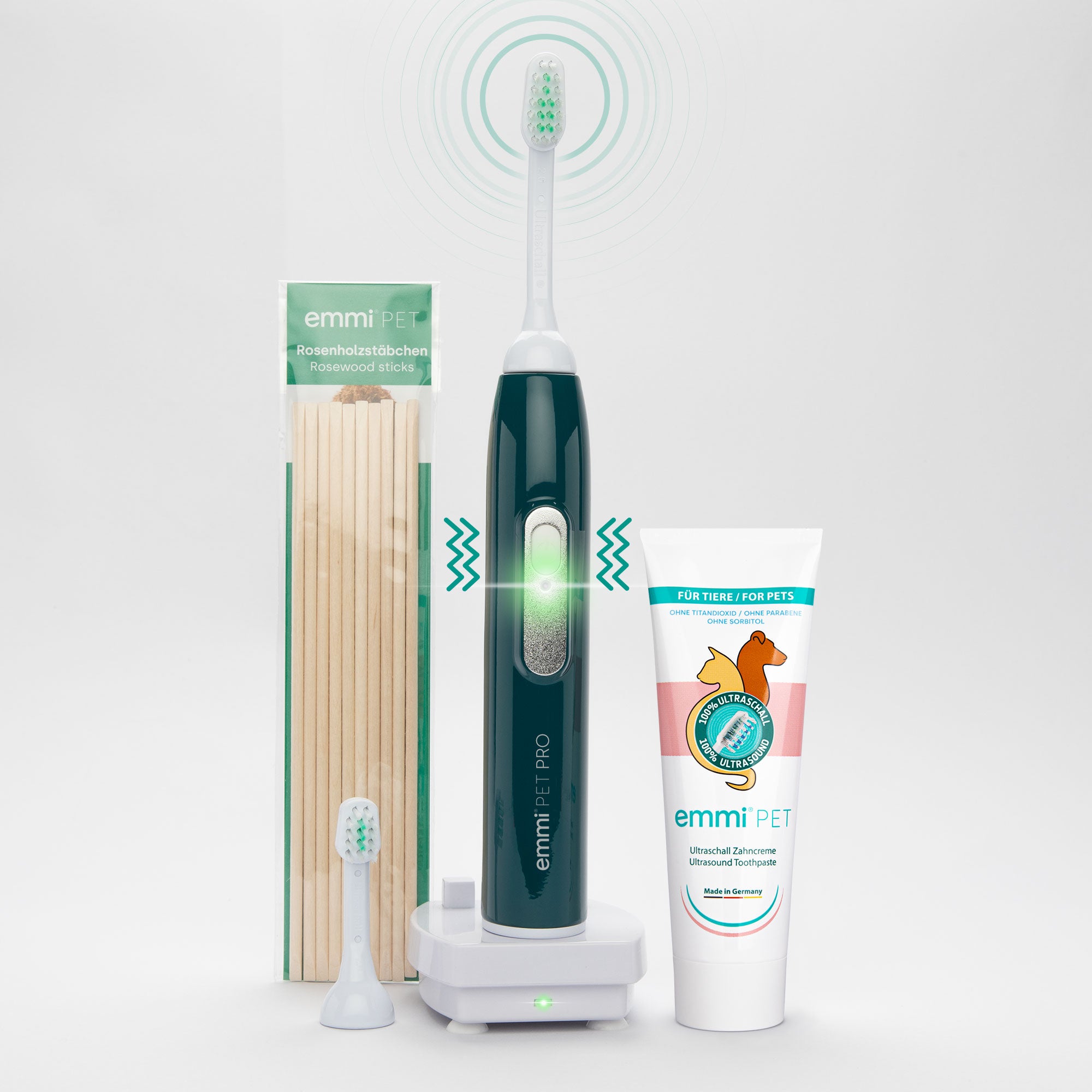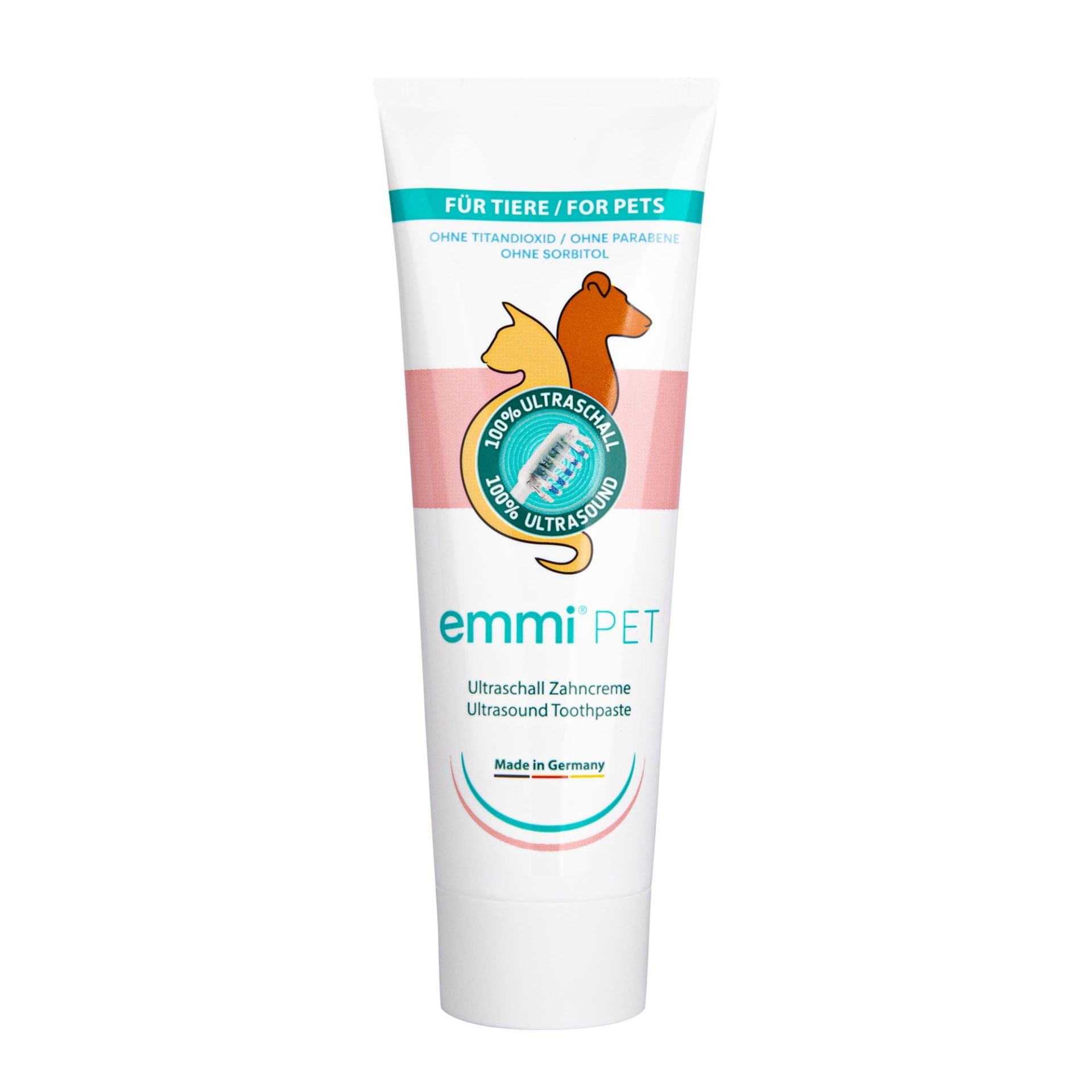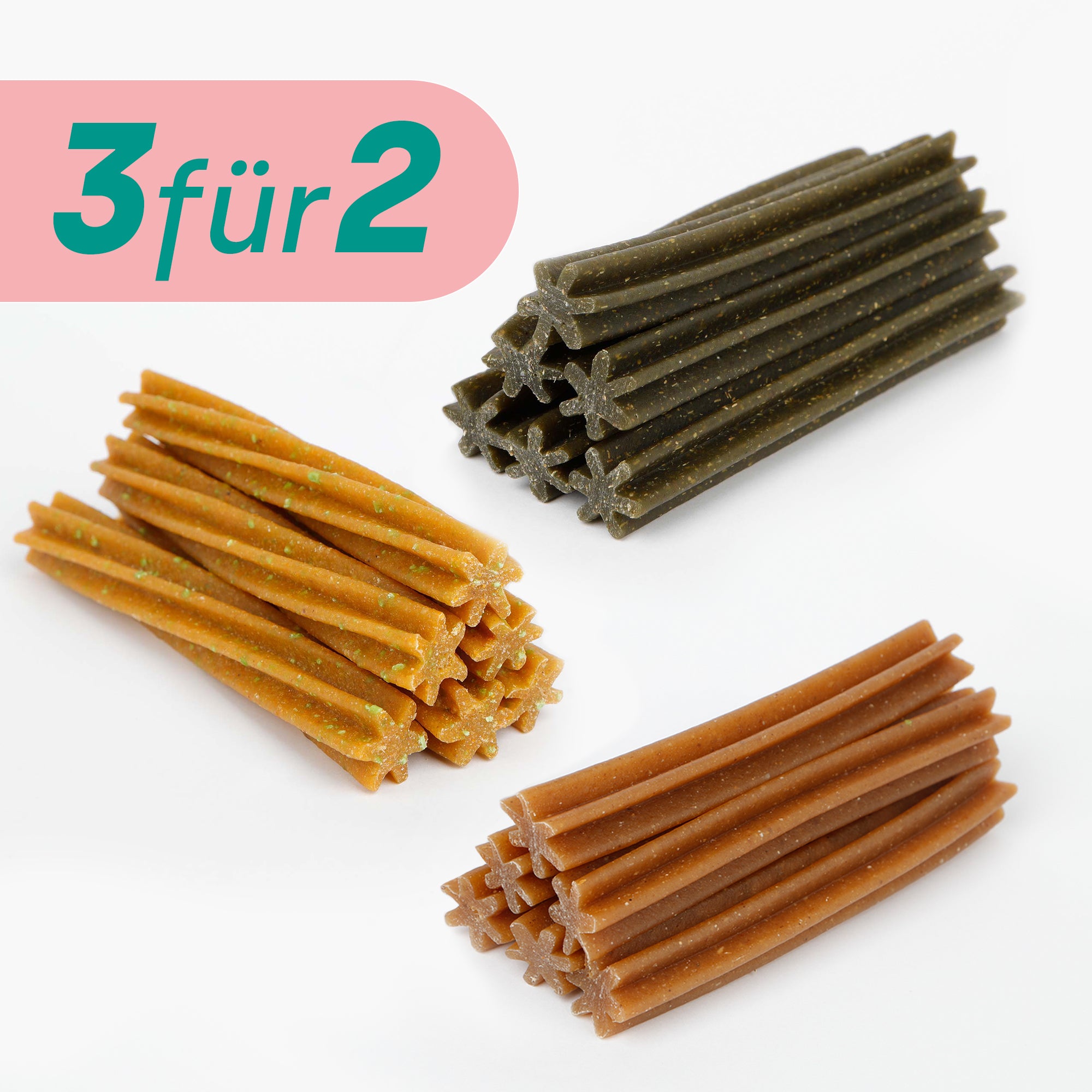Exciting facts about your dog's teeth
Dog teeth in detail
Whether your dog greets you happily, yawns profusely, or barks loudly, in all these cases, his impressive teeth are on display. While he primarily uses his teeth for eating , it's still interesting to learn which tooth has which function and where the breed-specific differences in the shape of his teeth lie. We'll explain the answers to these and many other questions in today's blog post.
Dog teeth: Typical characteristics and function
Teeth as an important tool for survival!
Your dog's teeth serve as an important tool and ensure his survival. Like his ancestor, the wolf, your dog also needs his teeth.
- to catch prey,
- to hold on and break open
- as well as for eating.
Your dog's teeth are not only very compact , but also very powerful . When your dog presses its jaws tightly together, incredibly high forces are exerted. This allows even small breeds to bite firmly . However, your dog usually never uses the full force of its jaw when eating. A well-controlled bite force is particularly effective, for example, when dealing with toys or when bitches carry their puppies from point A to point B.
Did you know that your dog can't move its upper and lower jaws left or right, but only up and down? Dogs therefore lack the typical chewing motion we humans do. This is due to their jaw , where both halves are connected by a hinge joint . Your dog will chew its food as much as possible, but swallow most of it whole.
Dog teeth and their functions in detail
Every tooth has a job!
Each tooth in a dog's mouth has a specific task. From catching prey to grinding food. But what exactly do the individual teeth do?
- Canines and fangs are long and sharp. They are used for grasping and holding food. In domesticated dogs, like yours and mine, they are used for grasping and holding treats, bones, or toys.
- Canines and large molars , also called premolars, are defined by sharp edges. They serve to grind food .
- In contrast to the other molars, back teeth , also called molars, are particularly wide and have a blunt surface. They are used to break down hard food (bone, dry food, etc.).
- Incisors are small and flat. They are used to scrape off meat residue from bones. Your dog also uses them to remove parasites.
Based on the special functions of each tooth, you can see how important regular dental care is for your dog . With our emmi®-pet Basic Set, you can perfectly care for your dog's teeth and free them from harmful bacteria. Our toothbrush for dogs thoroughly cleans your dog's teeth, both gently and effectively.
Dog bite types and shapes in detail
Breed-typical and characteristic bite types!
Not every dog has the same bite shape. This can usually be traced back to their ancestry and, in turn, their genes. As a dog owner, you may know that many breeds were bred for specific purposes. Breeds with a particularly short snout naturally have a completely different bite structure than those with a long snout. The most common bite shapes include:
- Scissor bite : Present in most dog breeds and considered optimal . The upper incisors are prominent, projecting slightly over the lower incisors.
- Pincer bite : The teeth clamp together like a pair of pincers . The upper incisors are positioned directly above the lower ones . This leads to greater wear.
- Overbite or underbite : Malocclusion in which the lower jaw is longer than the upper jaw . Typical in pugs, boxers, French bulldogs, and others.
- Overbite : The counterpart to an overbite. The upper jaw is longer than the lower jaw . This shape can also lead to problems with chewing.

